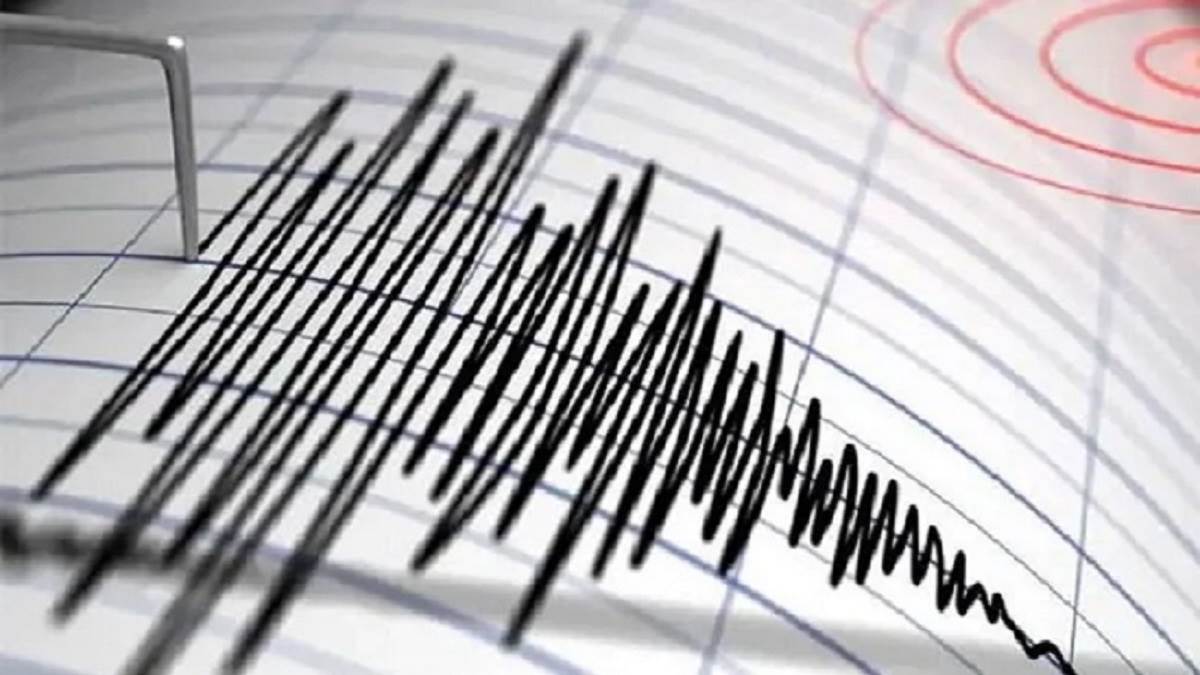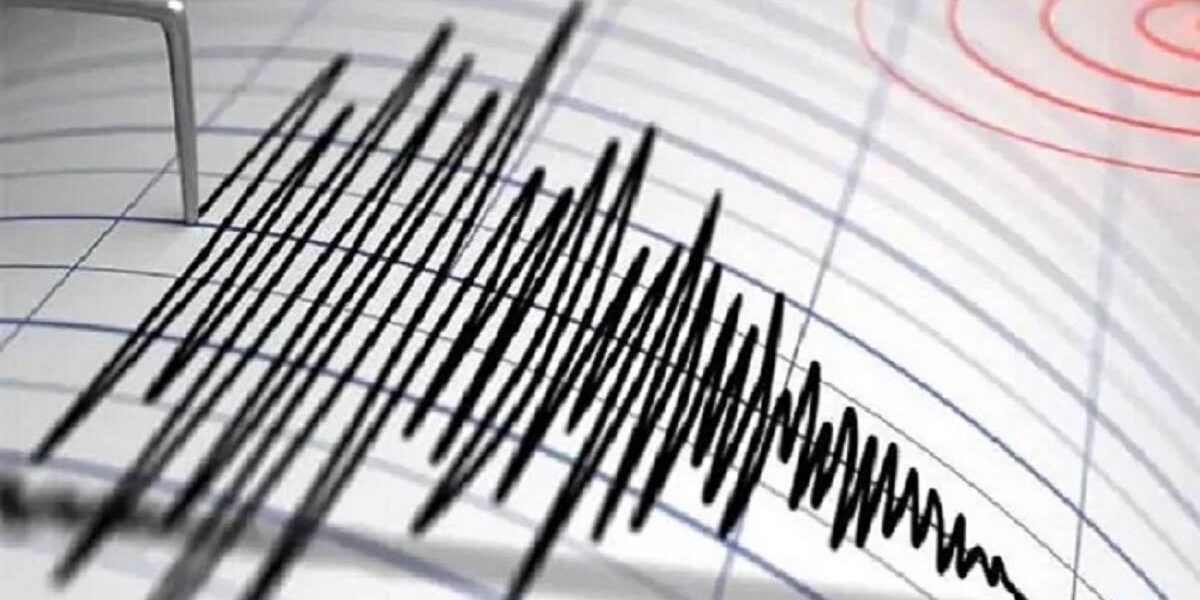Earthquake in Delhi
On Monday night (January 22), tremors from an earthquake were felt in various parts of Delhi-NCR, including the national capital. The sudden shocks caused panic, leading many people to rush out onto the streets after the quake struck.
According to the National Seismological Centre, the epicenter of the earthquake was in southern Xinjiang, China. The intensity of the quake was measured at 7.2 on the Richter scale, and it occurred at 11:39 PM. The epicenter was located 80 kilometers below the Earth’s surface.

In the past six months, Delhi-NCR has experienced several instances of ground shaking.
In the last few months, Delhi-NCR has witnessed multiple earthquakes. To provide some context, earthquakes were felt on August 5, October 3, October 15, November 3, November 6, and November 11. Additionally, on November 3, a quake occurred in Nepal, causing tremors in several northern Indian regions.
What to Do and Not to Do During an Earthquake
When you feel the tremors, stay calm and avoid panicking. Take cover under a table, use one hand to cover your head, and hold onto the table until the shaking stops.
As soon as the shaking subsides, evacuate immediately. Avoid using elevators. Stay away from buildings, trees, walls, and columns. If you are inside a vehicle during the earthquake, keep it in an open area and stay inside. Avoid walking on bridges during this time.
Avoid entering damaged buildings. If trapped, do not light matches, cover your mouth with a cloth, tap on pipes and walls, and shout for help.
Understanding the Epicenter and Intensity of an Earthquake
The epicenter of an earthquake is the location where seismic energy is released from beneath the Earth’s plates. The intensity of the shaking is higher at the epicenter. The impact diminishes as you move away, but if the earthquake measures 7 or higher on the Richter scale, the shock can be intense within a 40-kilometer radius. The effect also depends on whether the seismic frequency is upward or within the radius.
Measuring Earthquake Intensity and Scale
Earthquakes are assessed using the Richter scale, also known as the Richter Magnitude Scale. It rates earthquakes on a scale of 1 to 9 based on their intensity. The epicenter, or hypocenter, is where the earthquake is measured from. The scale gauges the intensity of the energy released from within the Earth during the quake, giving an estimate of its potential threat.
Also Read: Prime Minister Modi Addresses Nation After Ram Mandir Pran Pratishtha: A Historic Moment In Ayodhya











1 COMMENTS